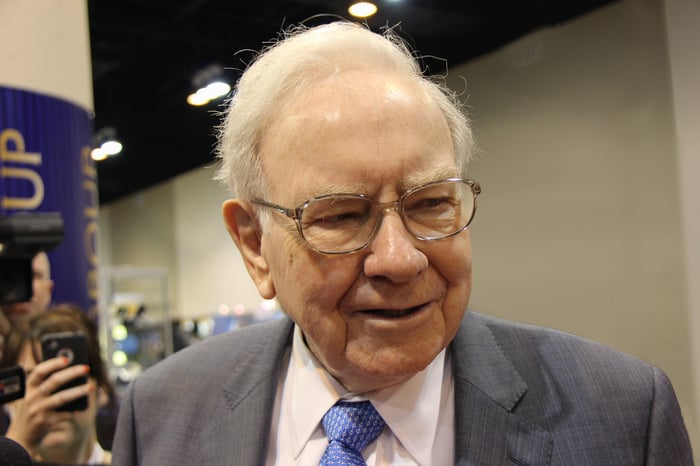# Dollar Index Falls Amid US-China Trade Tensions and Dovish Fed Comments
### Dollar Index Hits 1-1/4 Month Low
Today, the dollar index (DXY00) decreased by -0.67%, reaching a 1-1/4 month low. This decline followed heightened US-China trade tensions after China accused the US of violating recent trade agreements by imposing new restrictions. Additionally, dovish comments from Fed Governor Waller indicated potential interest rate cuts later this year, further pressuring the dollar. Losses accelerated following disappointing US economic data, as the May ISM manufacturing index and April construction spending both showed unexpected declines.
### US-China Trade Relations Deteriorate
China’s Ministry of Commerce claimed that the US introduced new discriminatory restrictions on AI chip exports, software sales, and revoked Chinese student visas. This escalation threatens to worsen trade relations, despite President Trump expressing hope for dialogue with Chinese President Xi Jinping this week to foster a trade truce.
### Weak US Economic Data
The May ISM manufacturing index fell by -0.2 to 48.5, underperforming expectations of a rise to 49.5. April construction spending also surprised analysts, declining by -0.4% month-over-month, contrary to forecasts for a +0.2% increase.
Fed Governor Waller noted potential support for rate cuts later this year, provided inflation progresses towards the 2% target and the labor market remains solid. Market expectations currently assign a 5% probability of a -25 basis point rate cut after the June 17-18 FOMC meeting.
### Euro Strengthens Amid Dollar Weakness
The EUR/USD pair rose by +0.86% to a 1-1/4 month high, benefiting from the dollar’s decline. However, the euro’s advance might be limited due to the downward revision of the German May S&P manufacturing PMI, which was lowered by -0.5 to 48.3. Swaps currently indicate a 98% likelihood of a -25 basis point rate cut by the European Central Bank (ECB) at Thursday’s meeting.
### Yen Gains on Safe-Haven Demand
The USD/JPY pair fell by -0.98%, with the yen strengthening against the dollar due to increased safe-haven demand following US-China trade tensions. Japanese economic data also supported the yen; the May Jibun Bank manufacturing PMI was revised upward by +0.4 to 49.4, and Q1 capital spending ex-software rose by +6.9% year-on-year, exceeding expectations of +5.3%.
### Precious Metals Surge
August gold (GCQ25) rose by +87.10 (+2.63%), while July silver (SIN25) increased by +1.481 (+4.48%). Precious metals experienced significant gains, with gold reaching a 3-week high and silver its highest in two months. The dollar’s decline bolstered demand for these assets, while ongoing trade tensions and Fed comments contributed to their appeal as safe-haven investments. However, higher global bond yields negatively impacted precious metals, and concerns about reduced economic activity due to US-China tensions may undermine industrial metal demand.
### Disclaimer
On the publication date, Rich Asplund had no positions in any mentioned securities. The information in this article is for informational purposes only.
The views expressed do not necessarily represent those of Nasdaq, Inc.






